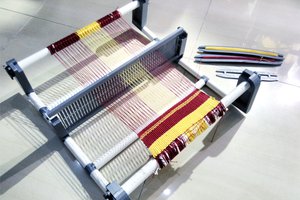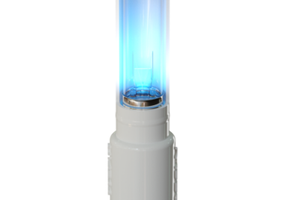i. Concept- Is the project creative, original, functional, and pushing boundaries? Does the project effectively address the selected challenge?
the design is innovative as I do not know of any other 3D printed solutions available when I tried searching for this kind of product. This is best for Field Ready and Wild Card challanges.
ii. Design- Is there a depth of design detail available (like a system design, CAD models, project test methods, etc.)? Is there base-level planning for the functionality (e.g., functional block diagram, list of specifications and descriptions of how they will be met, etc.)? How user-friendly is the design?
The design is simplistic though I have gone through many versions to get it looking good. The design is meant to maximize safety, aesthetics and printability.
iii. Production- Is the project realistically reproducible (taking into consideration necessary materials, skills, and production processes)? Are the manufacturing processes detailed? Are those processes realistic for scalability?
Yes , a silicon rubber mold could be made from the master and hundreds of duplicates made. Quick set plastic can vulcanize and be popped out of the mold in 5 minutes.
iv. Benchmark- How well is the project impact and viability demonstrated? Are estimated costs realistic? How well does the project improve upon other currently available solutions?
I have not gone over costs as of yet but they range from 15-20 dollars in materials not including the labor the make it.
v. Communication- How thoroughly have the Final Round requirements been completed? How well documented is the project? How “open” is the design?
the final round requirement is not yet complete, there is no pitch video and I still need to fill out the logs on the many attempts to get here.
Fire Fly 9w is a portable compact solution, in the smallest possible form factor. Fire Fly Mini utilizes 3 powerful UV Quartz bulbs that provides a useful light output of at least 3.5 watts each for the purpose of UV disinfection and rapid curing of UV catalyzed resin adhesives.
USE cases,
Germicidal sanitation using high energy irradiation at close proximity. Using UV to disinfect objects is not a novel concept and it is well documented. However what is Novel is build and cost to goods. Handheld lamps from a genuine manufacturer are 200 dollars and up. Our goal is to reduce this by 75% using materials that we do not need to frequently order from another country, like china, and wait for. Fortunately we worked to find a company manufacturing our components inside the united states at a price that benefits everyone. This is where we found Star Lighting Industries. They make our bulbs in New York at a rate of $6 each. A wholesale order would further drive down the cost of the primary lighting source. We ordered 24 samples for our UV prototyping.
UV glue curing is gaining popularity over other methods of bonding such as drying or exposure to chemicals, growing at a rate of 10% per year. Bonding with heat or drying works by evaporation, which can be inconsistent and can also take time for the inks to dry. Chemical treatment can be costly to purchase materials, and may expose employees to harmful inhalants or respiratory contaminants. UV glue curing is quick and consistent, providing and instant hardened surface with no harmful chemical exposure.
Whatever the polymer used, the glue will not harden until exposed to UV light. This is advantageous over substances such as instant super glues that can stick to fingers or other areas not meant to be bonded together. With UV polymer or glue curing, the bonding area is targeted, drying instantly only in the area meant to be bonded. The photochemical reaction occurs when the polymer, or glue, is exposed to UV light at particular wavelengths occurring between 240 Nanometer (nm) and 270 nm and 350nm to 380 nm.
In some cases, a second layer can be applied, providing...
Read more » Josh Starnes
Josh Starnes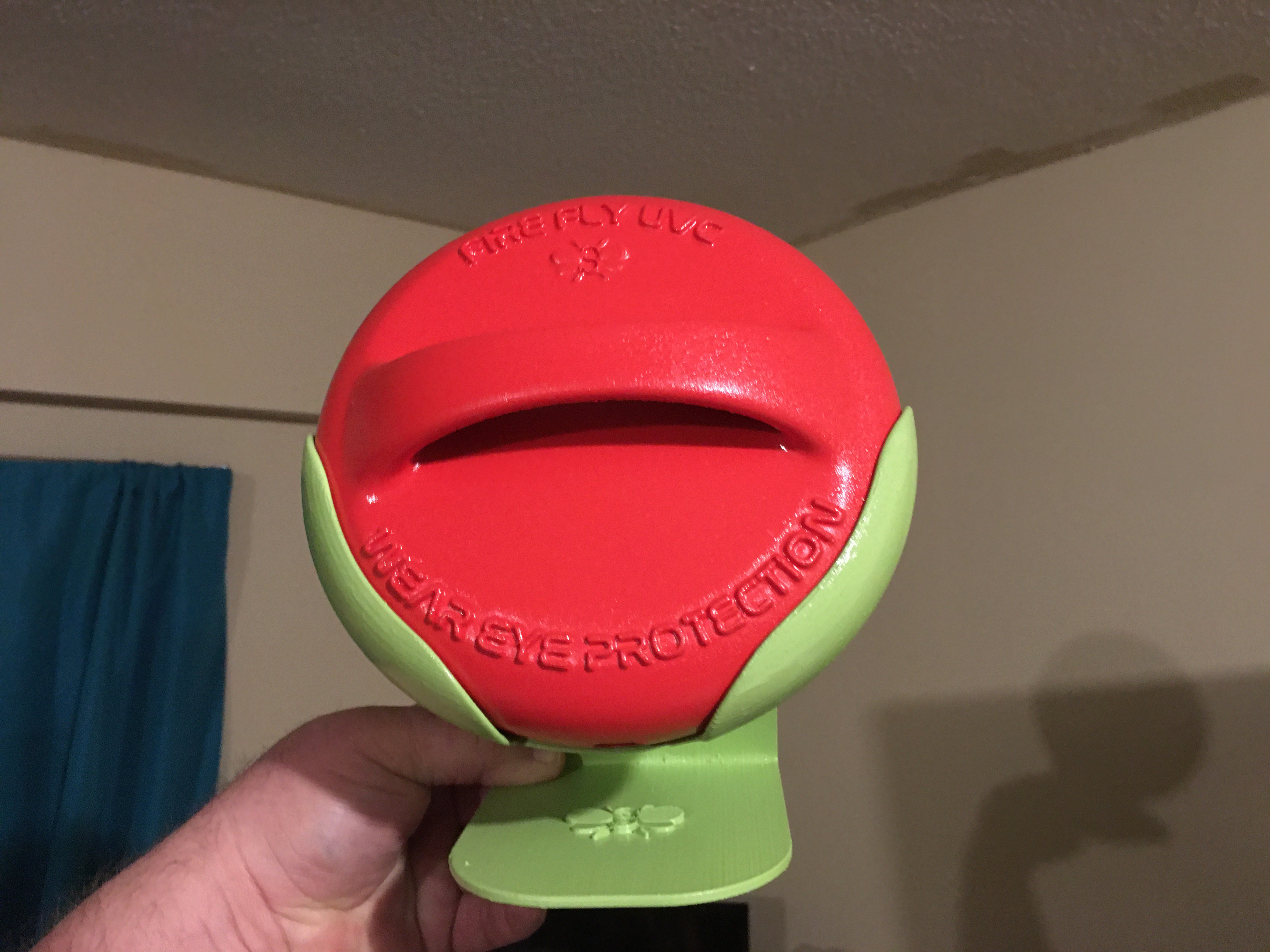
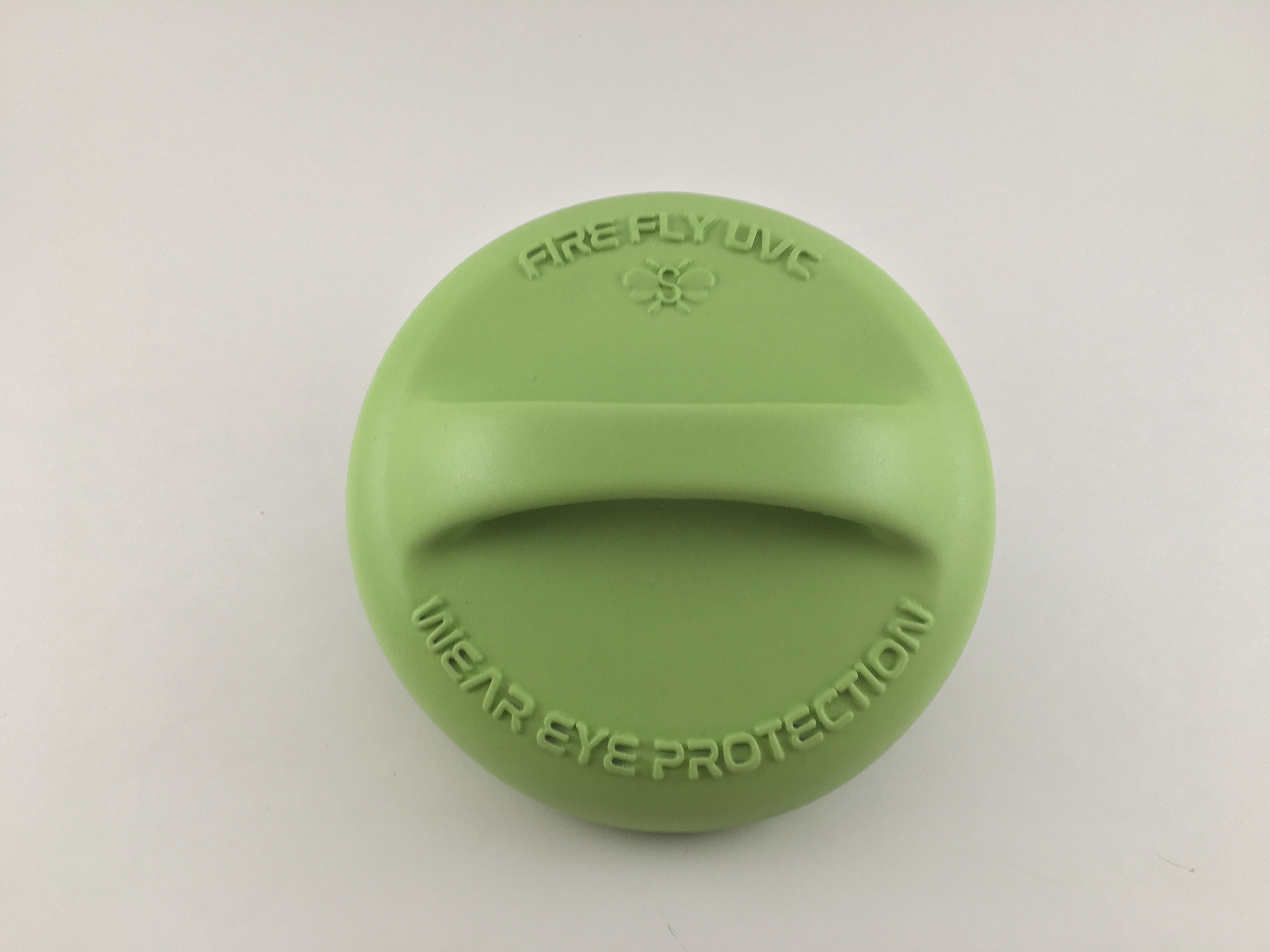
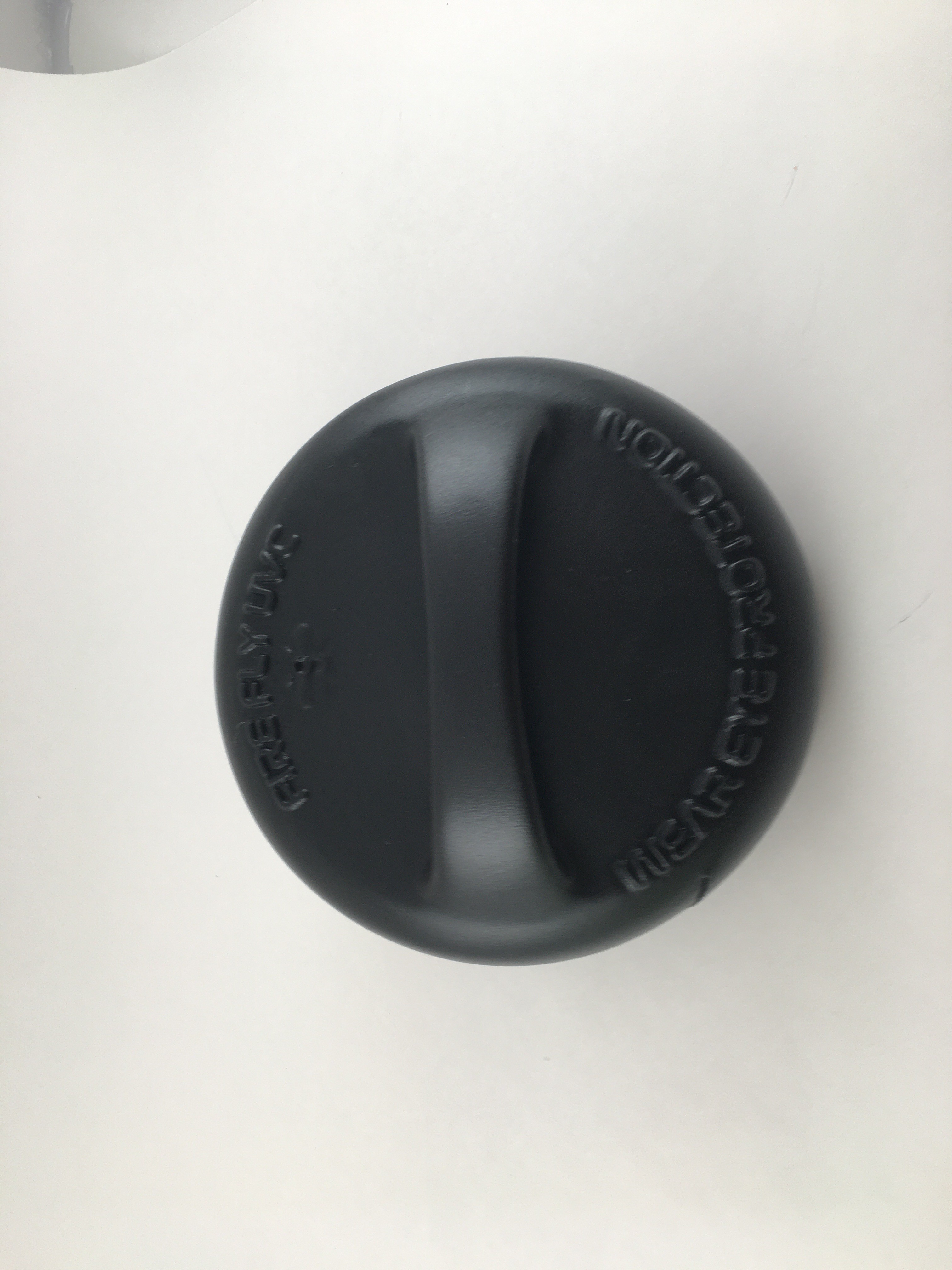

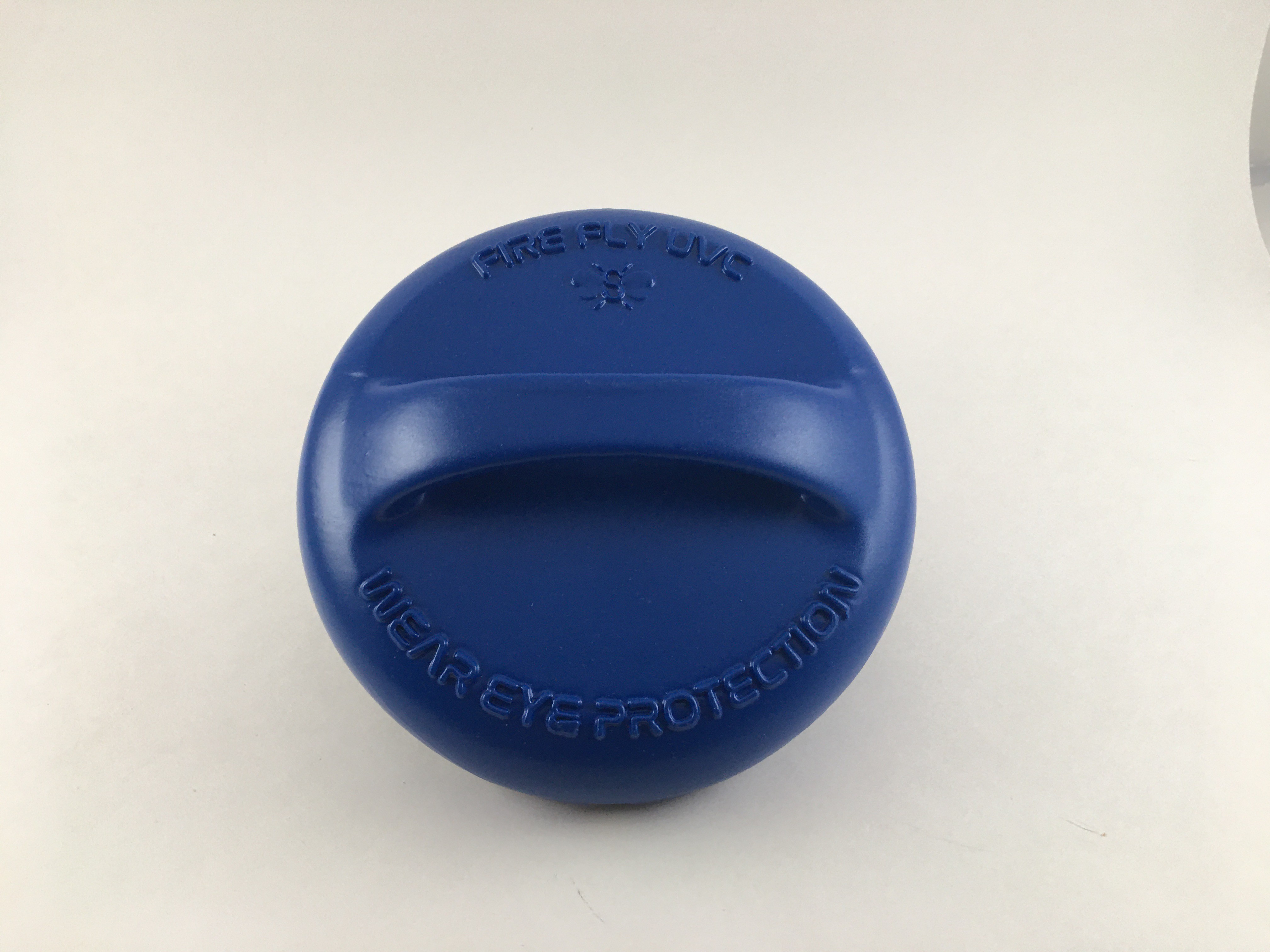
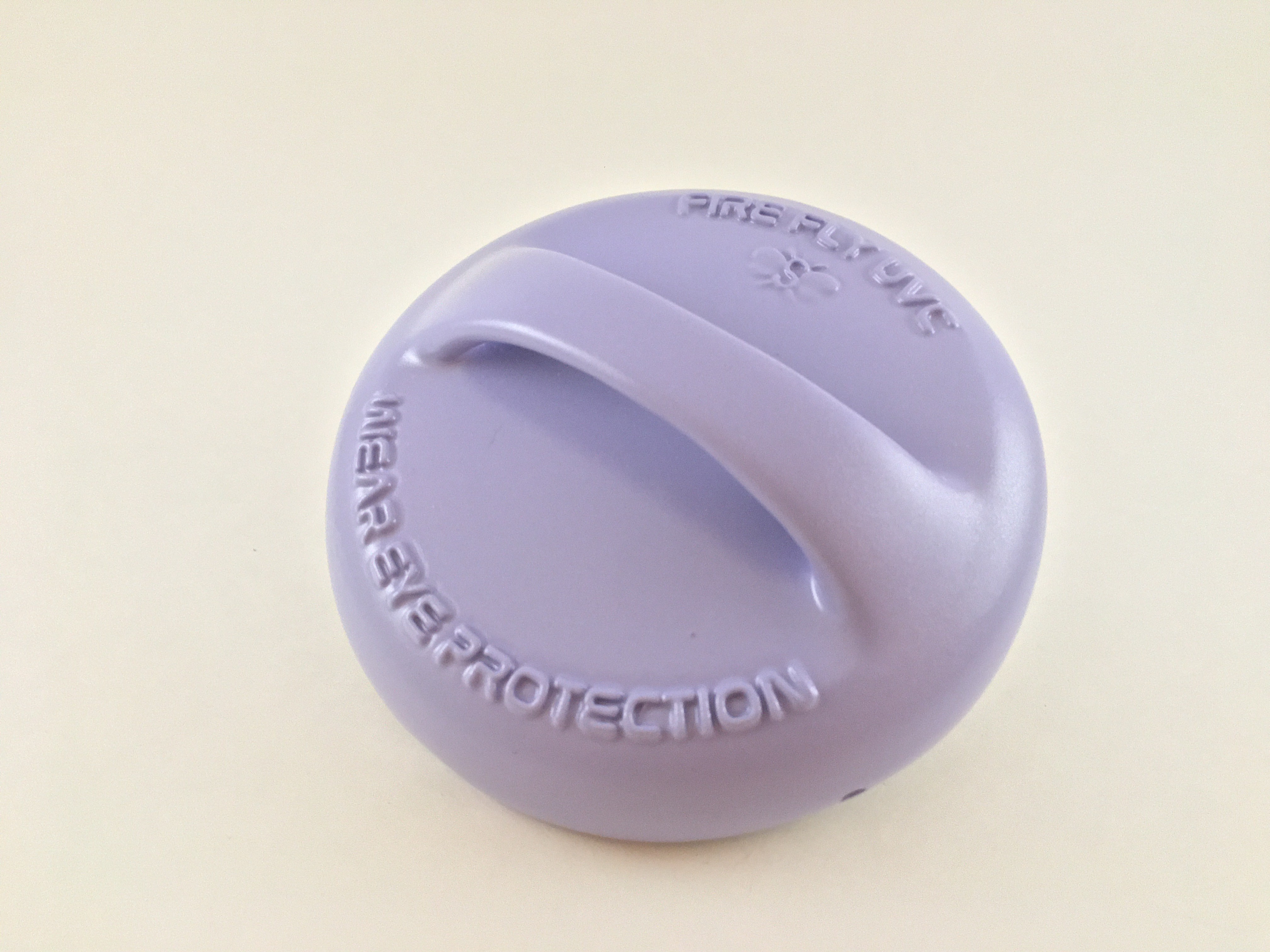
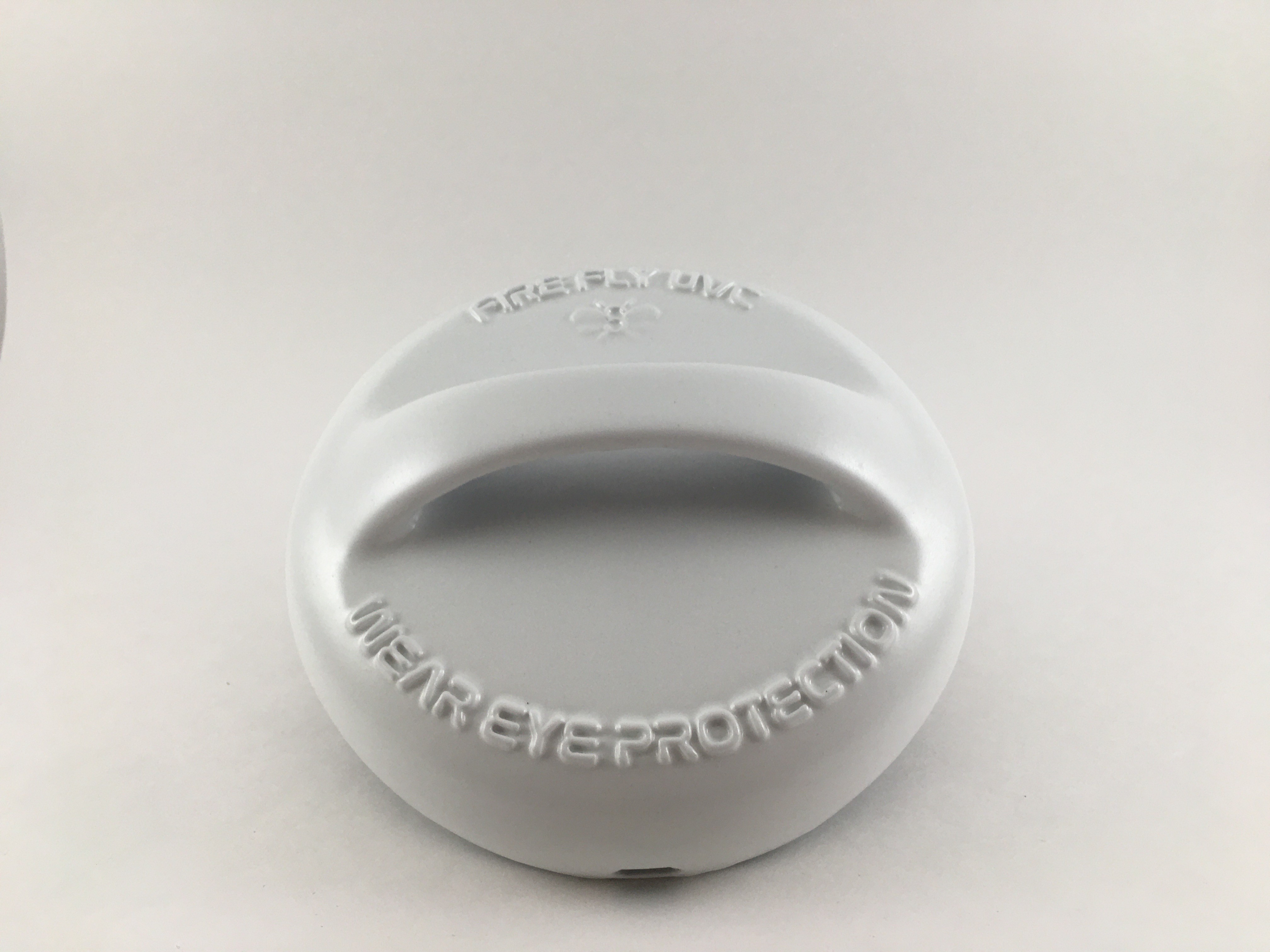
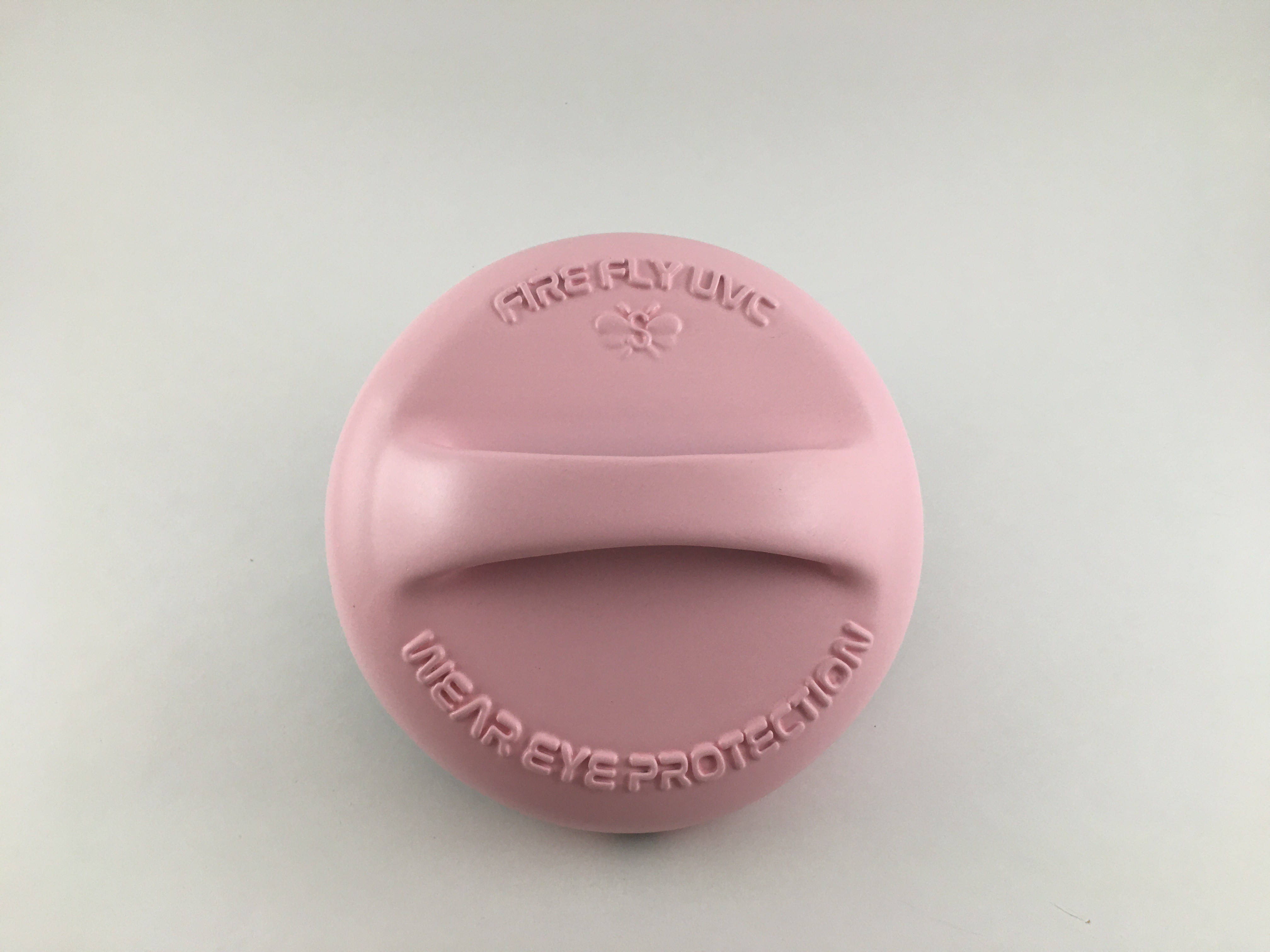
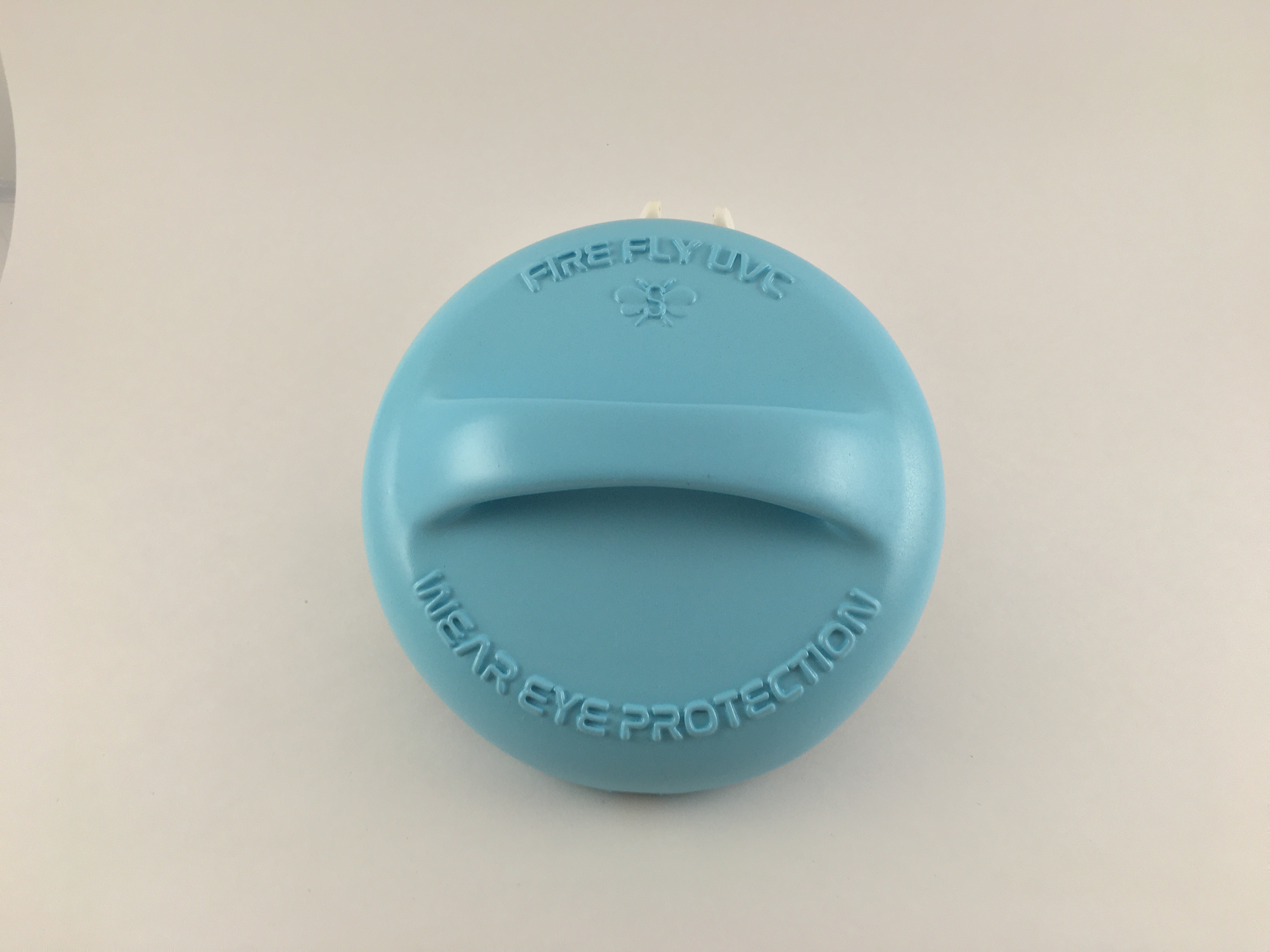
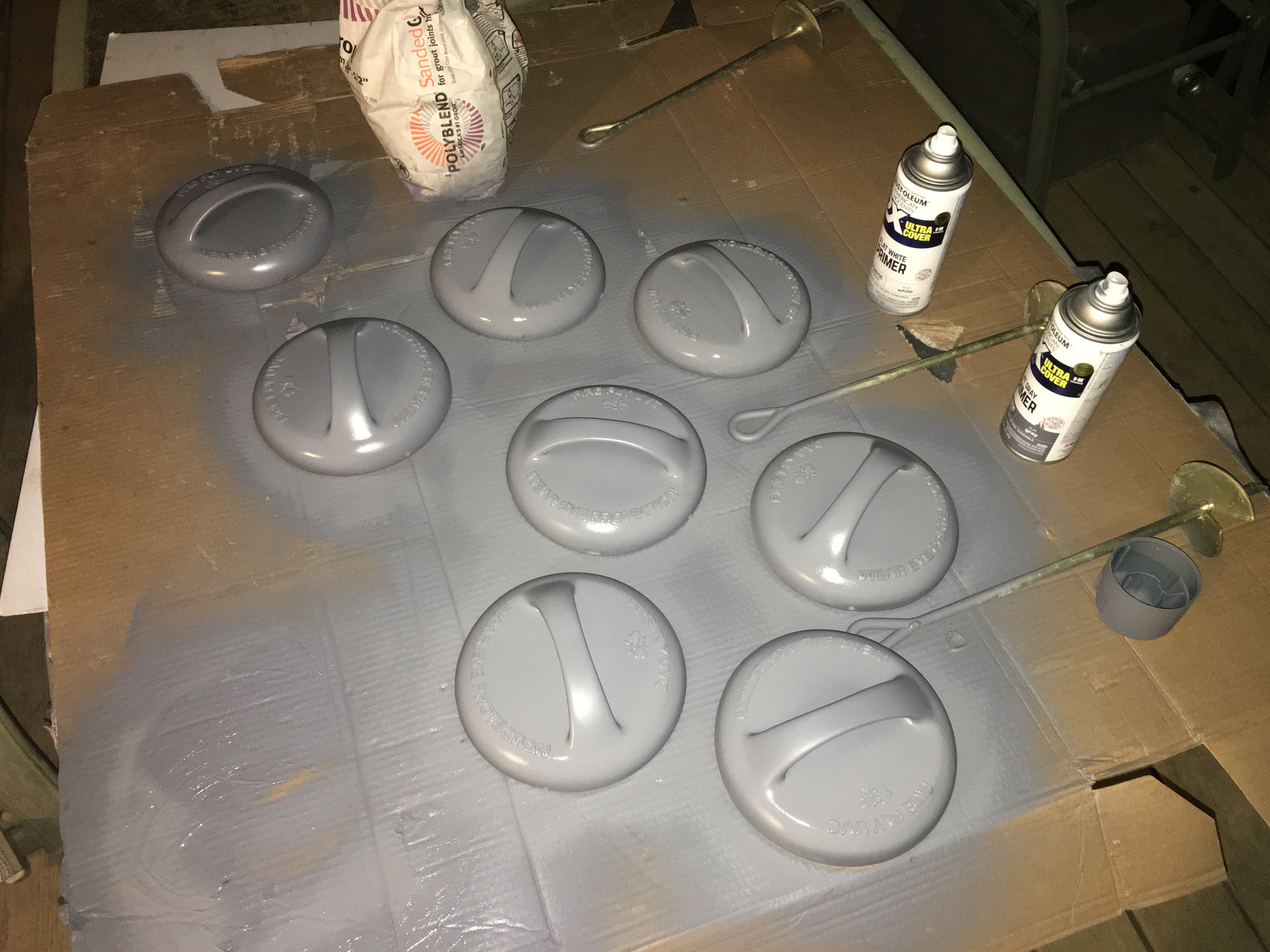
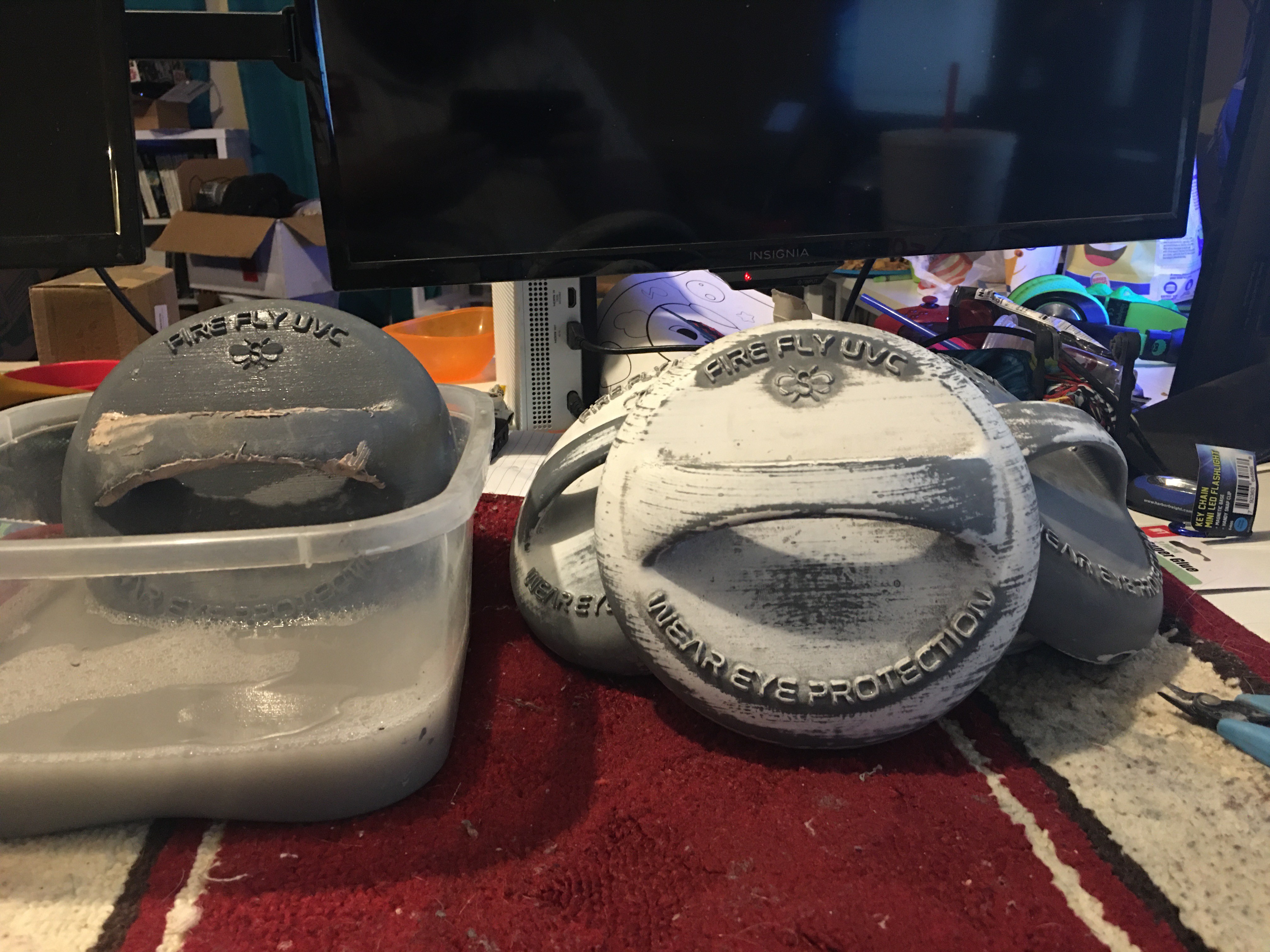
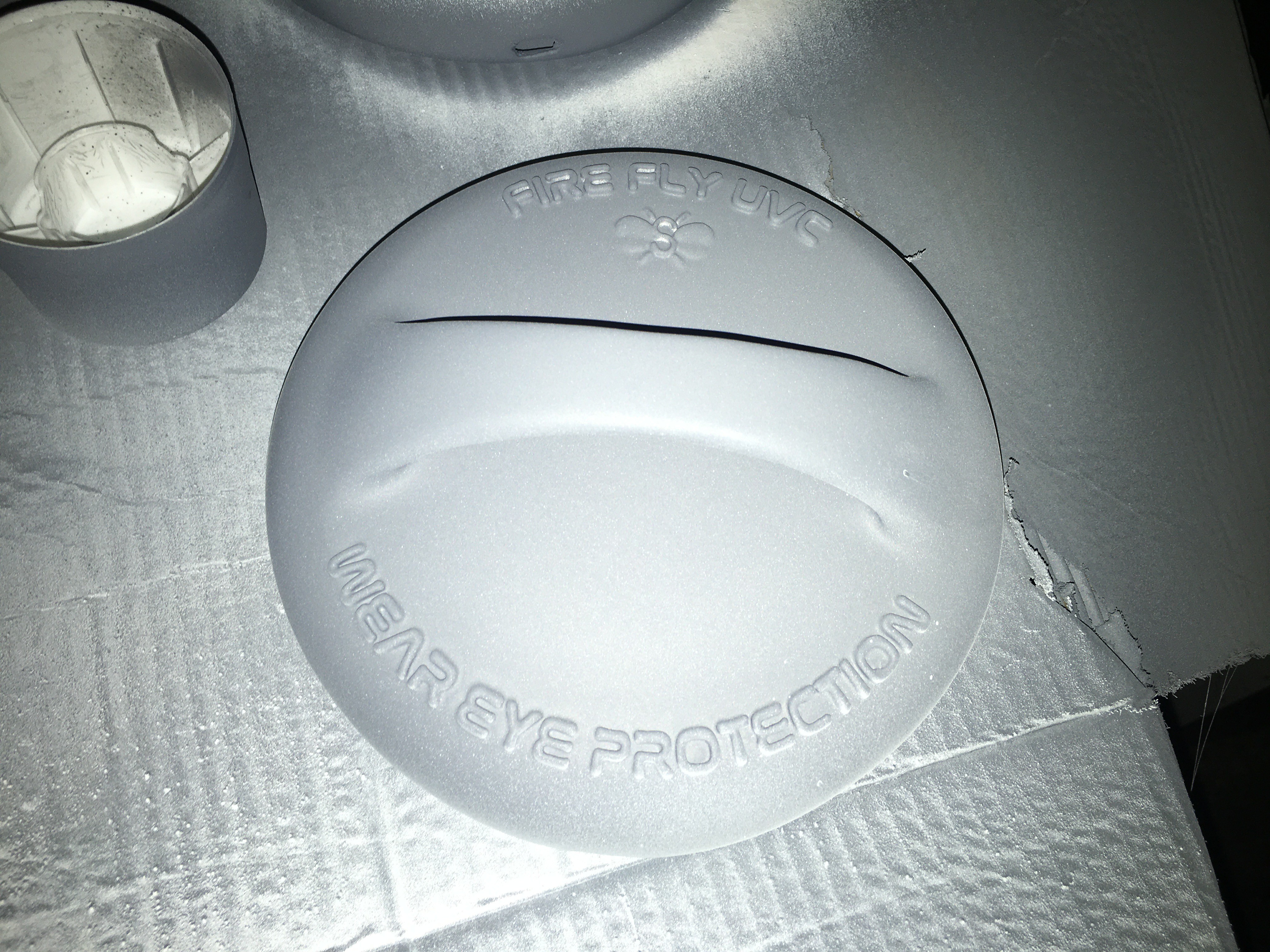

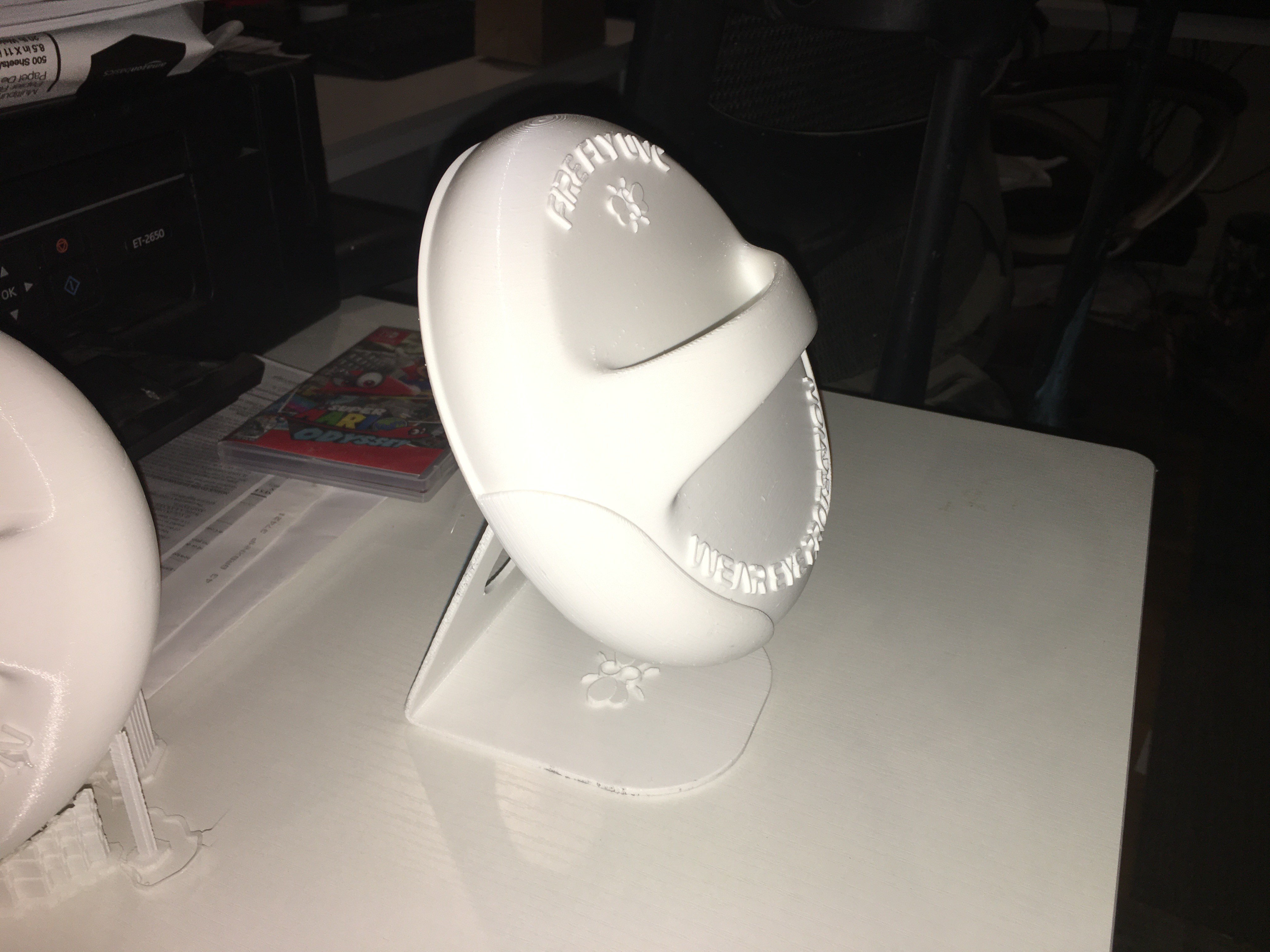
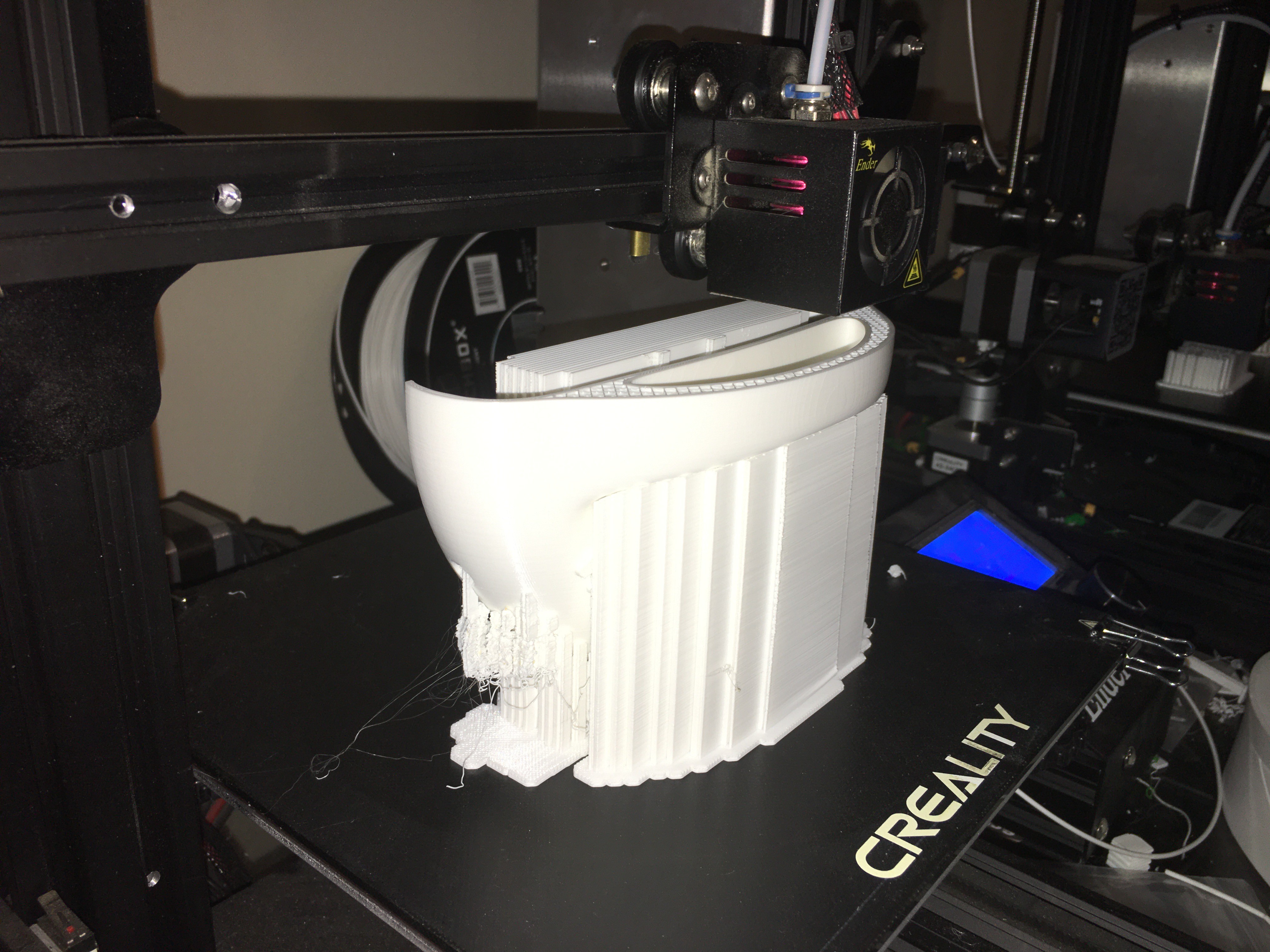
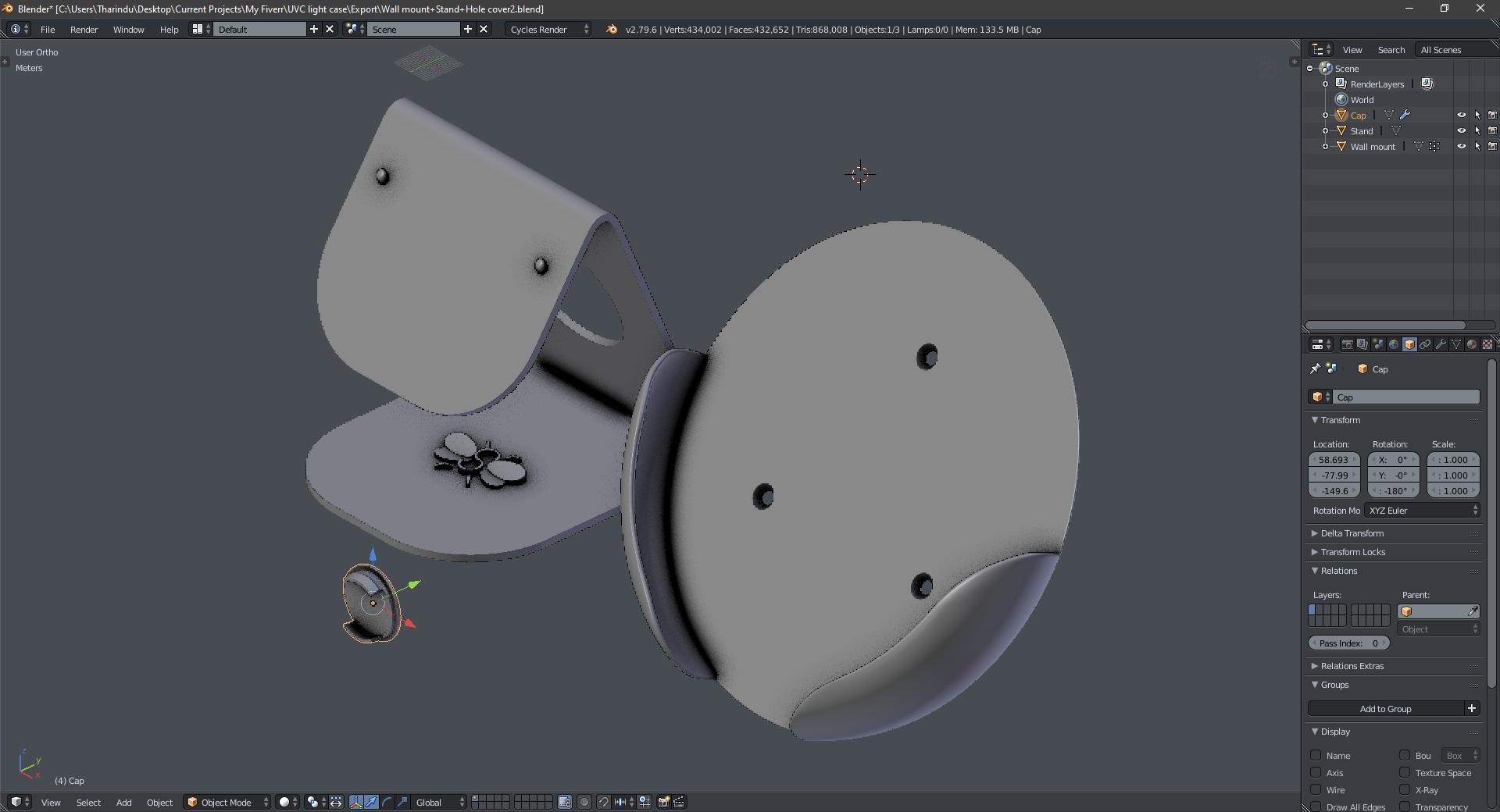
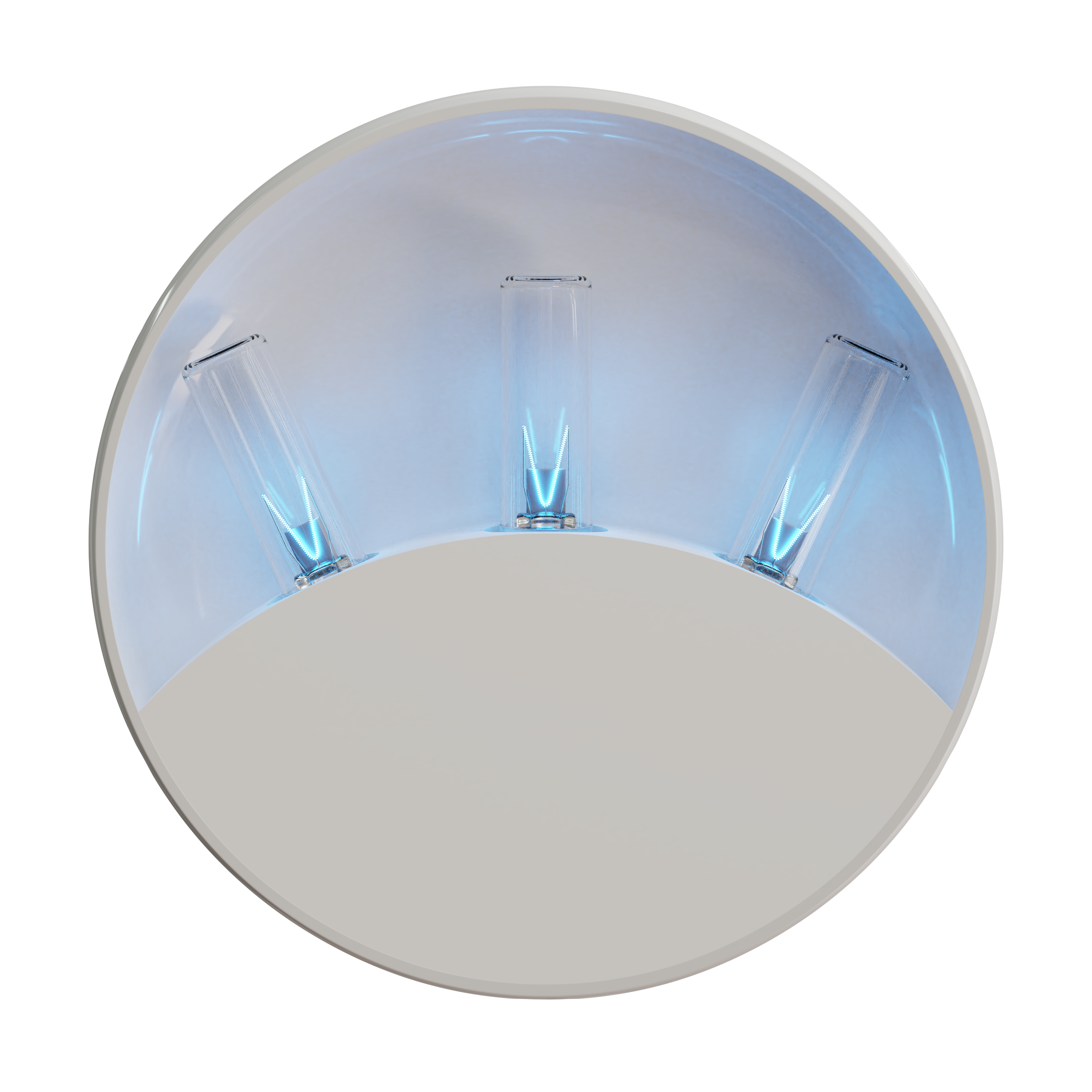

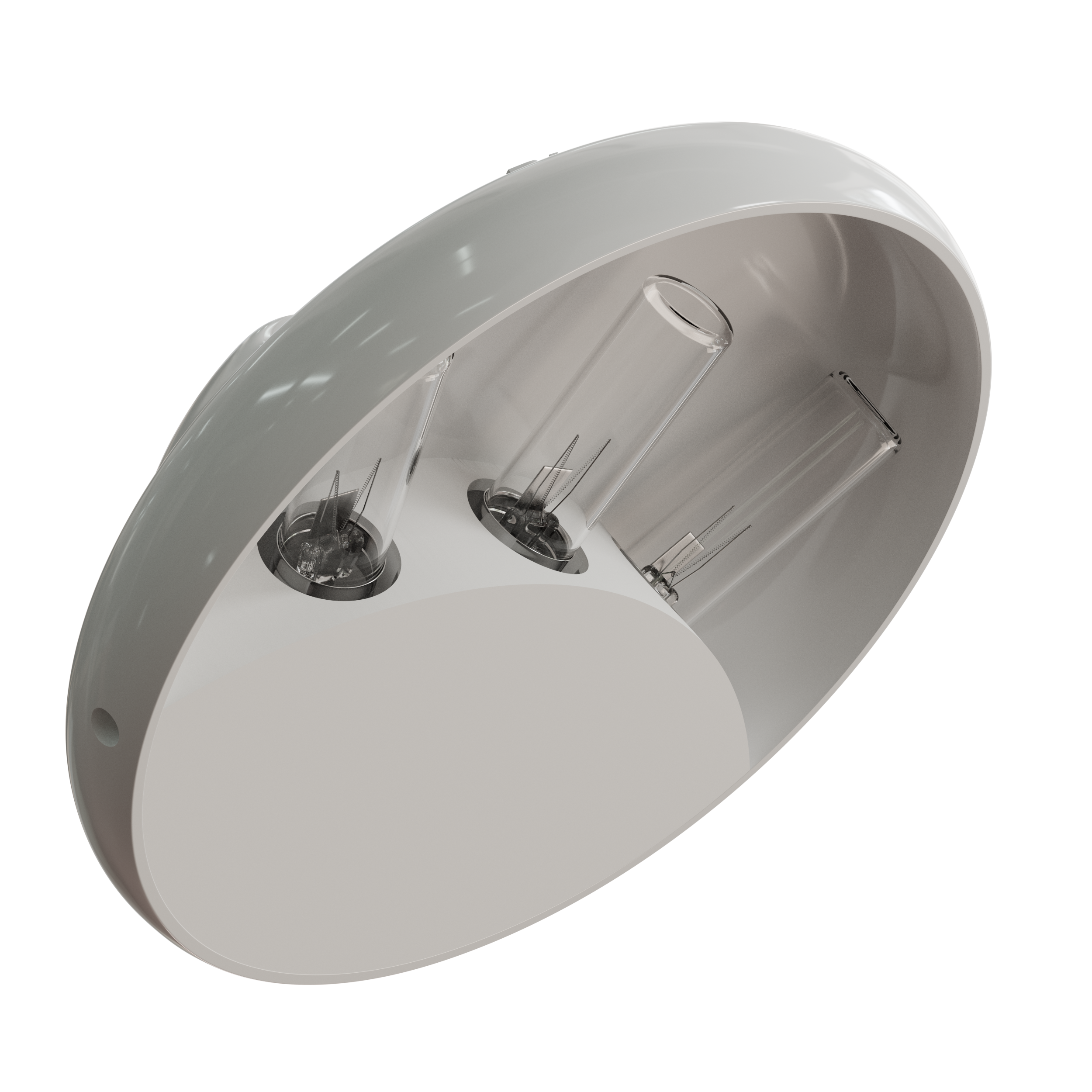
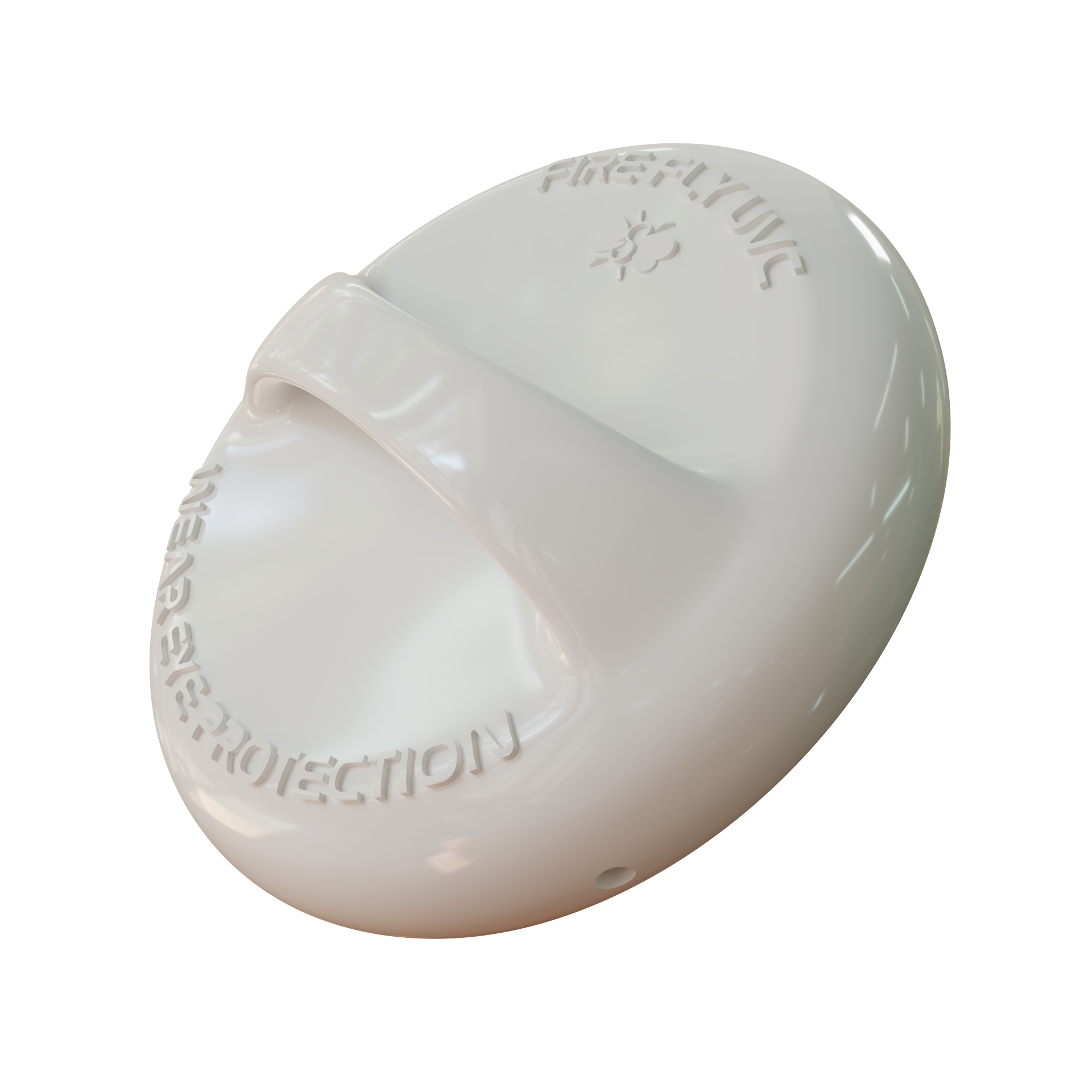

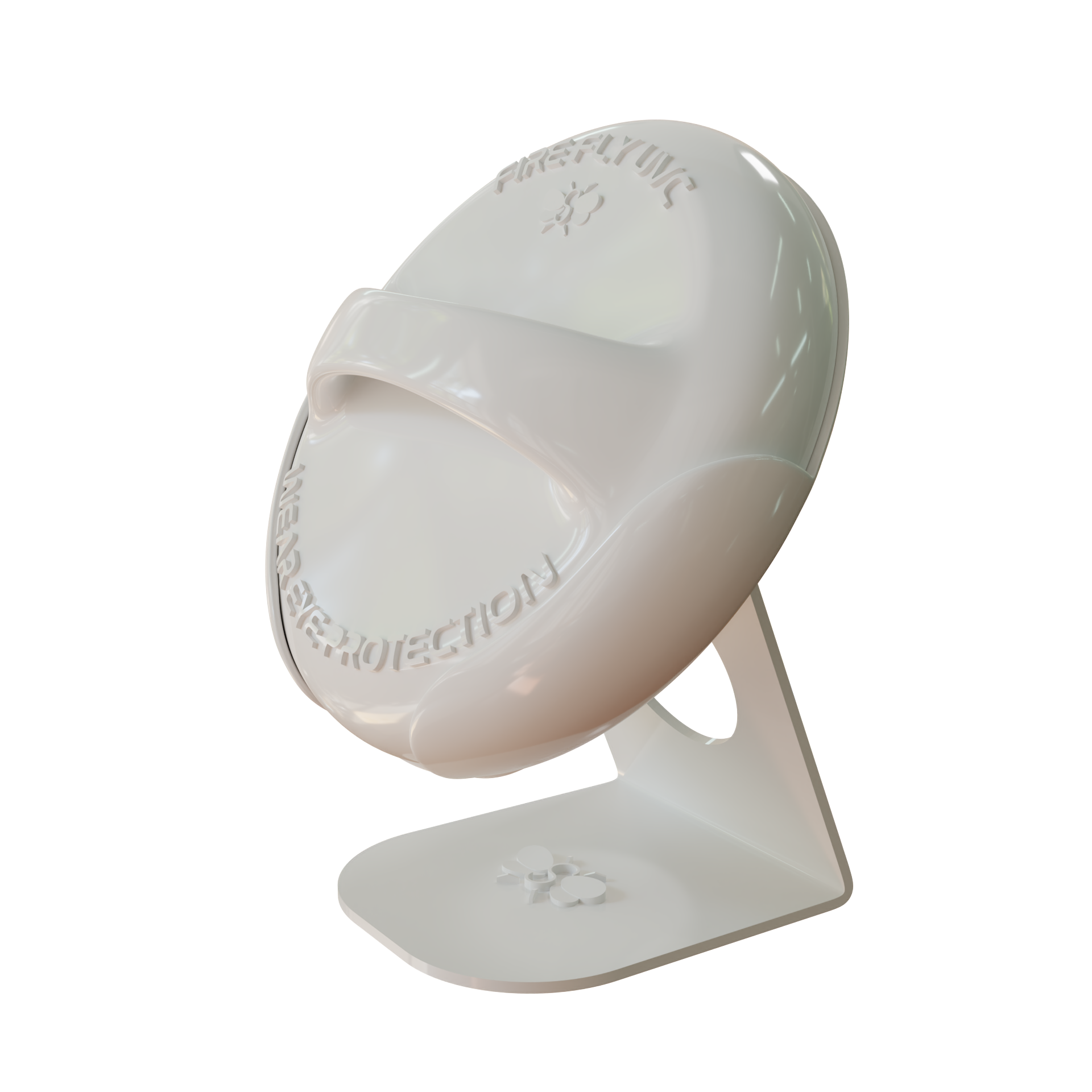

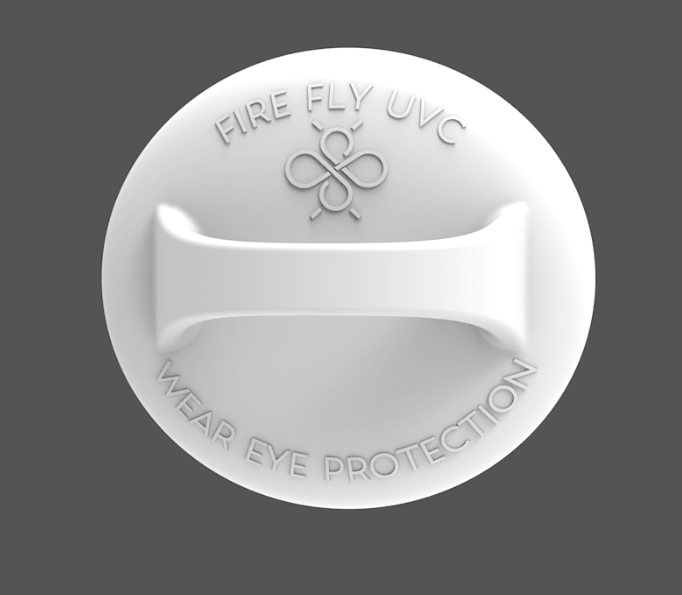
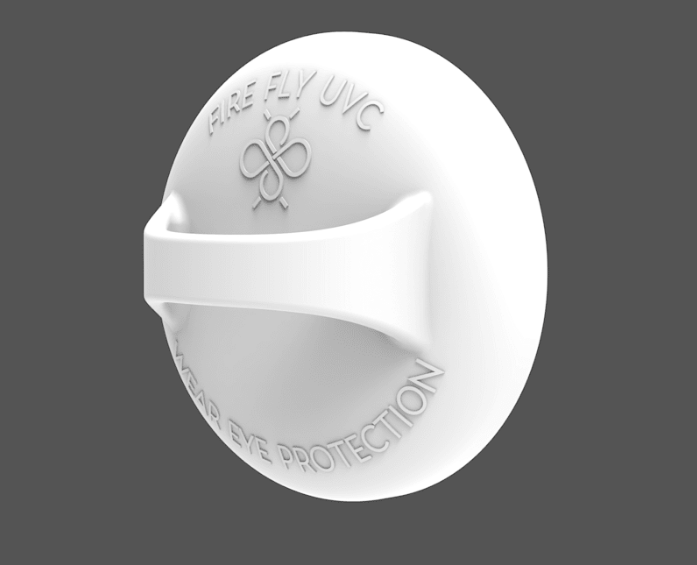

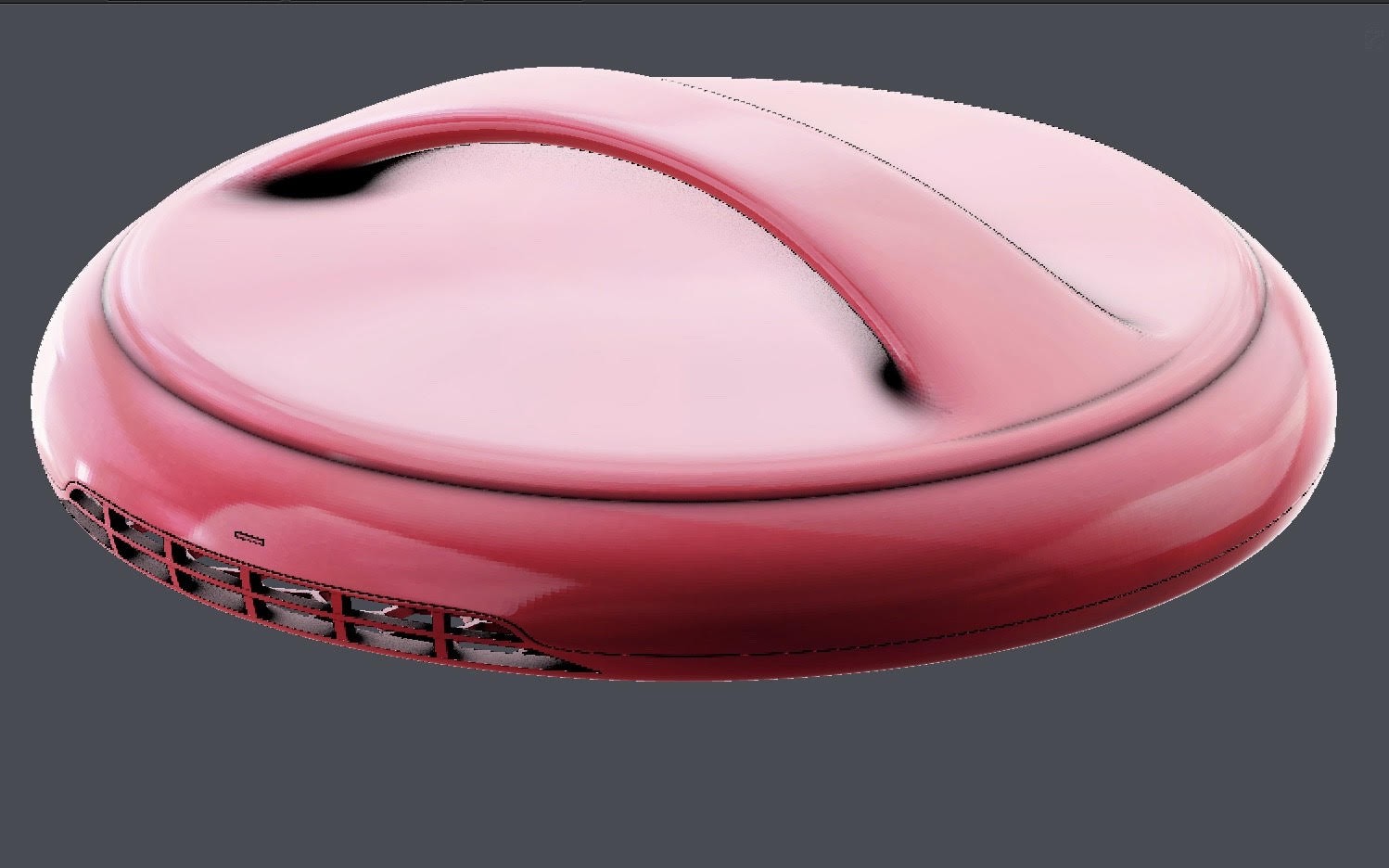
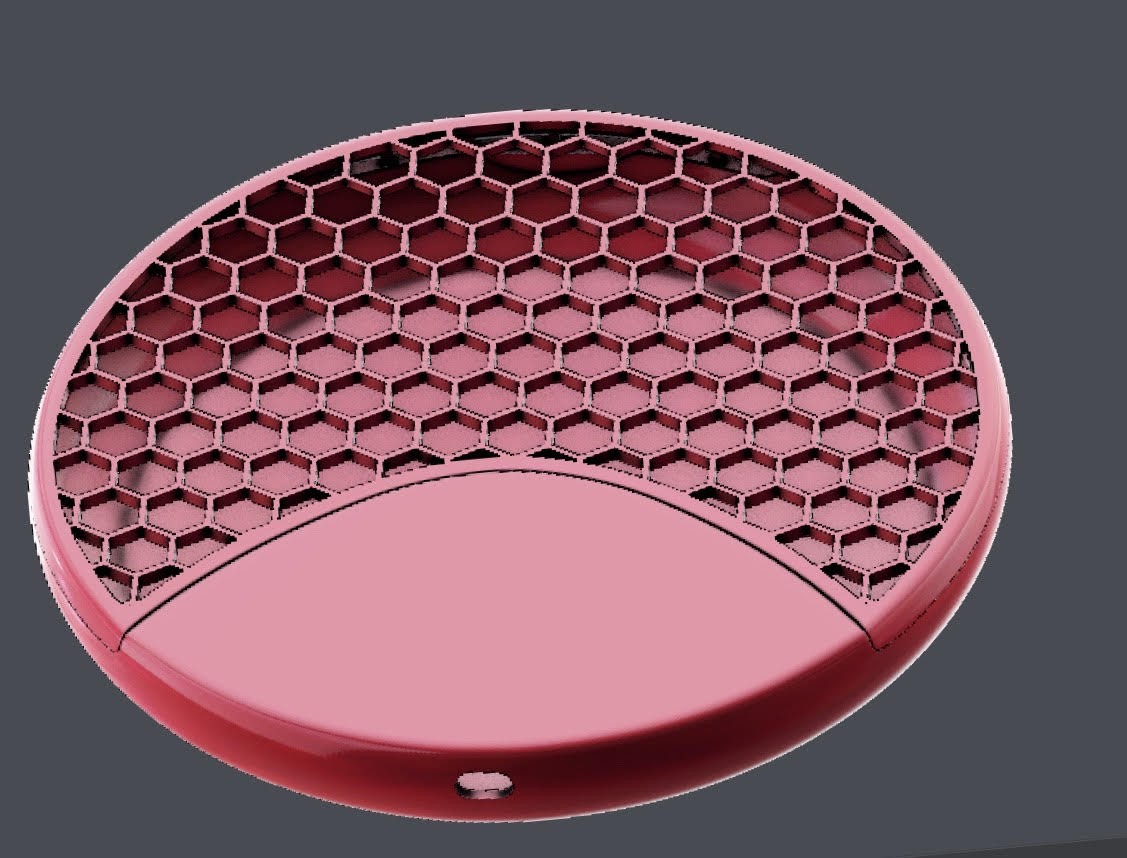
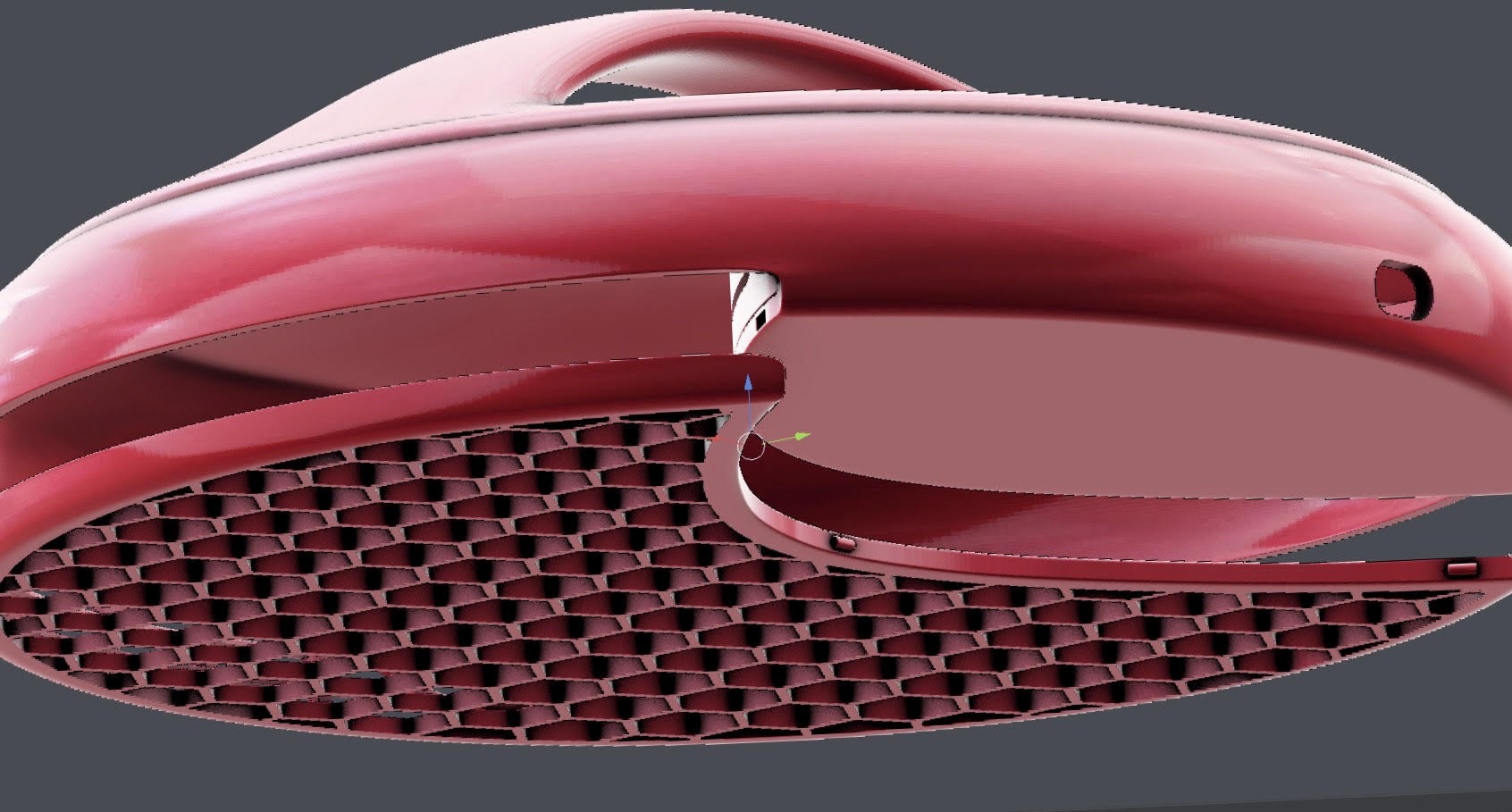
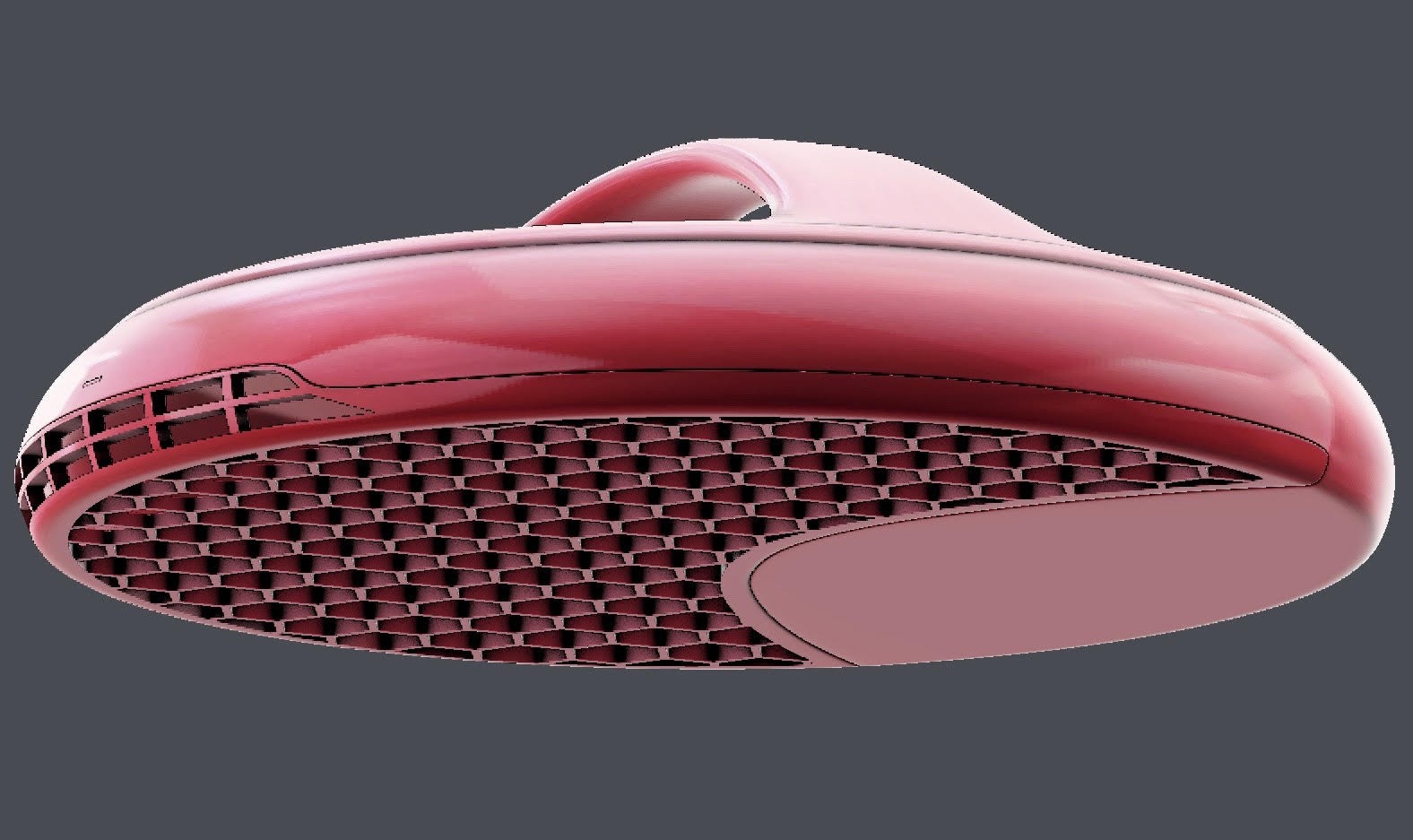
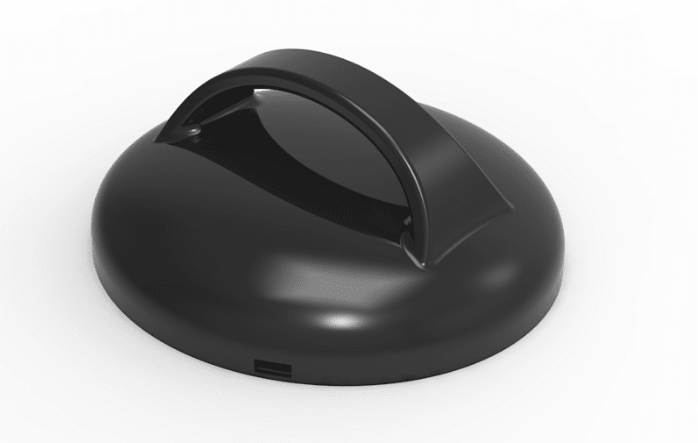
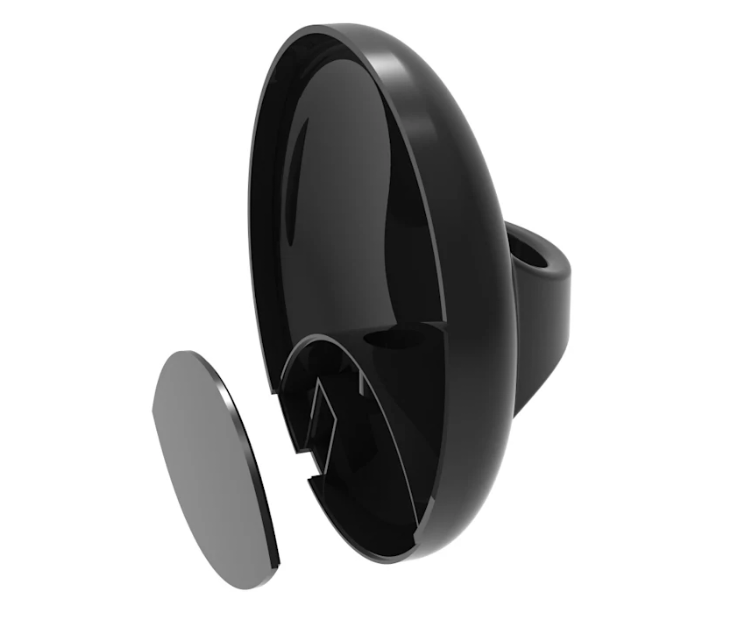
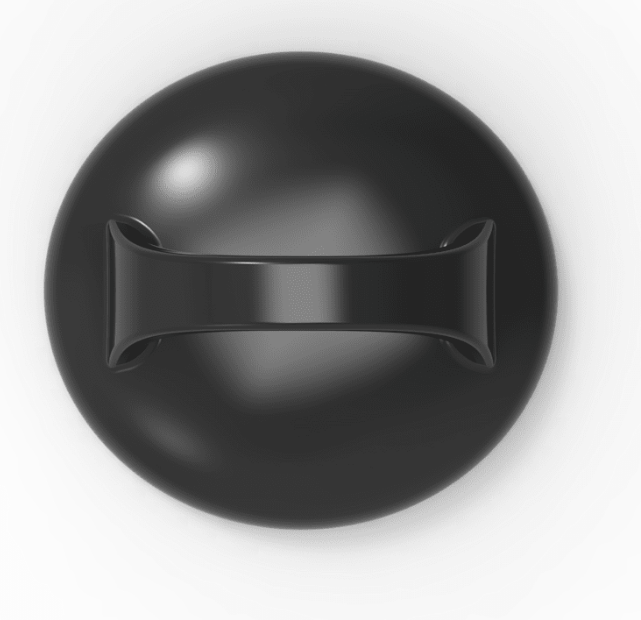
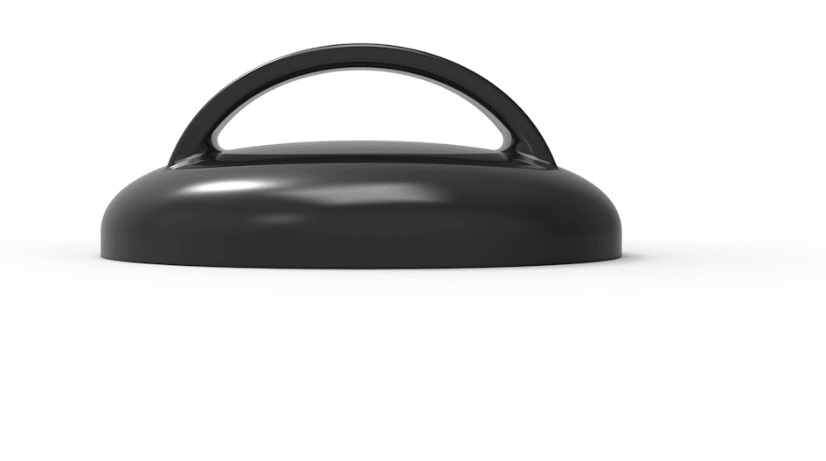
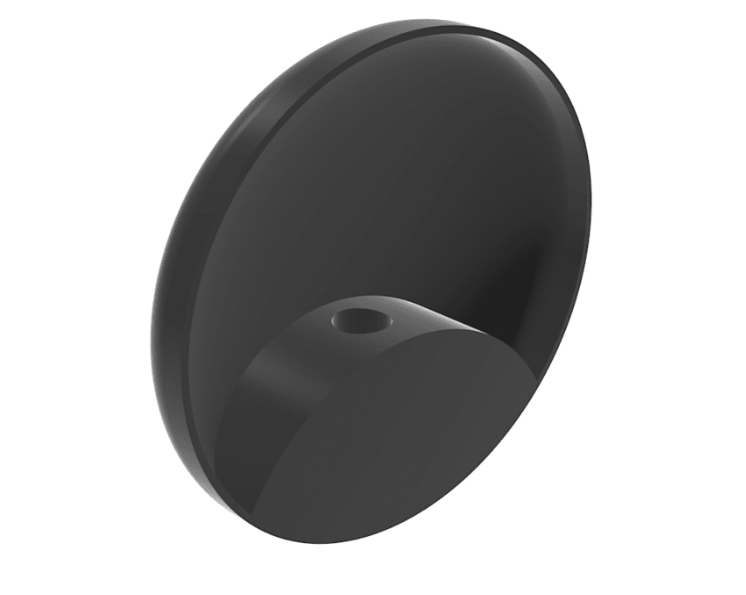
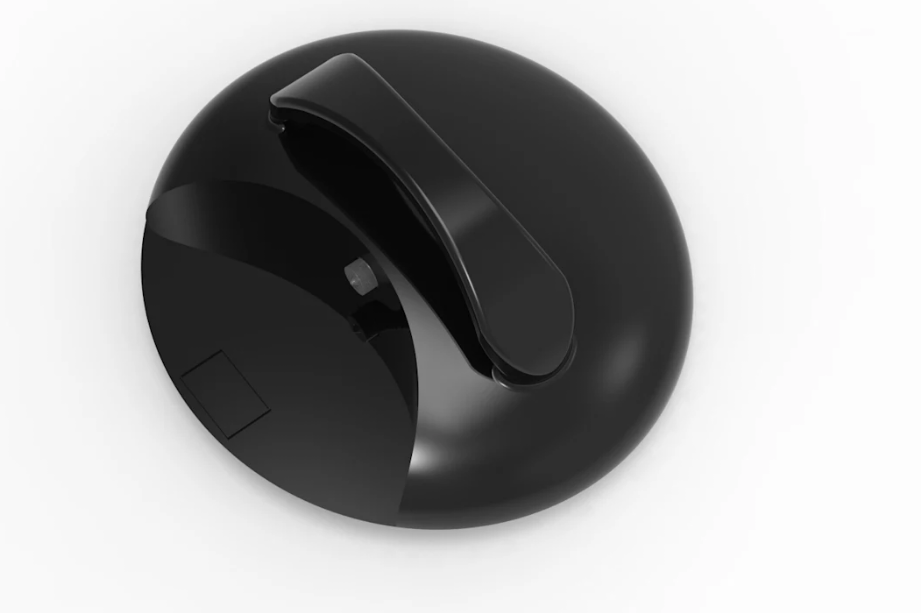

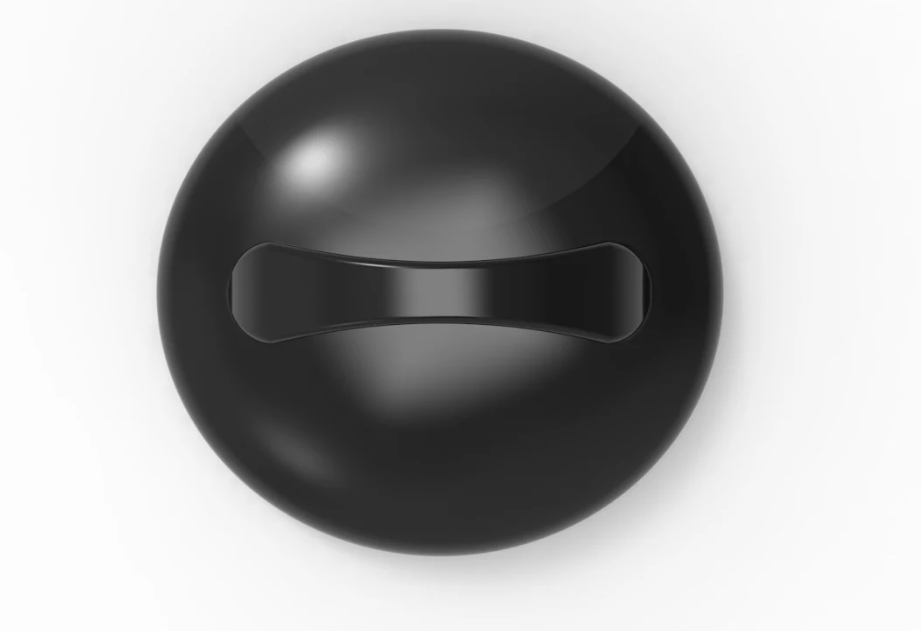
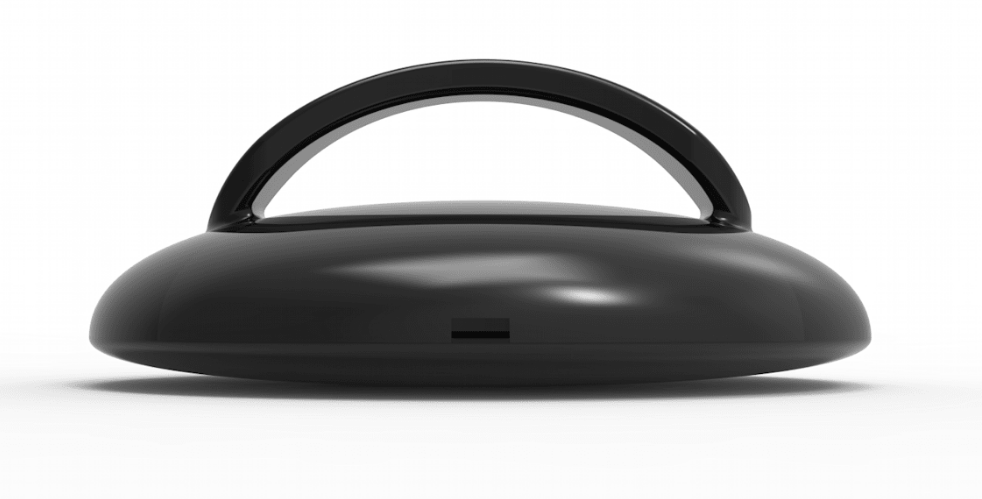
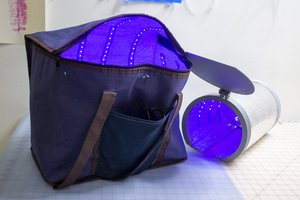
 audreyobscura
audreyobscura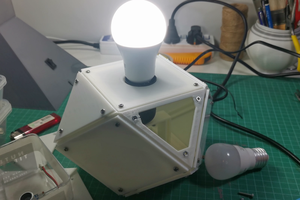
 ProgressTH
ProgressTH